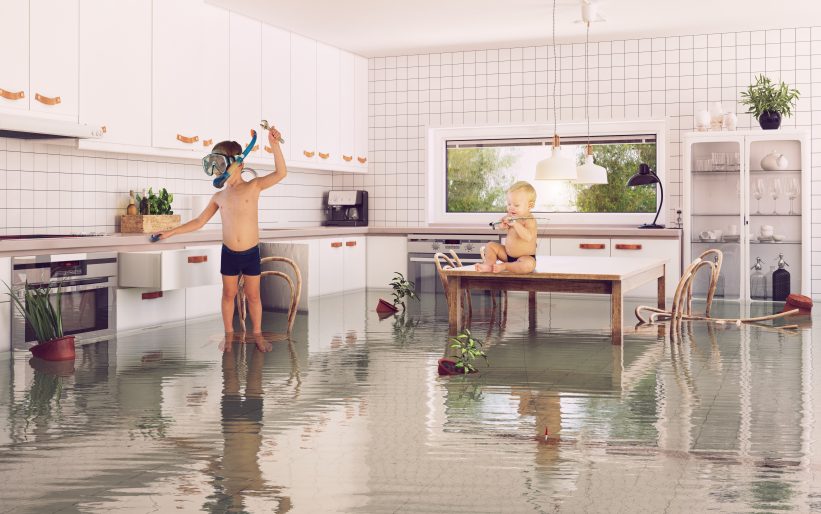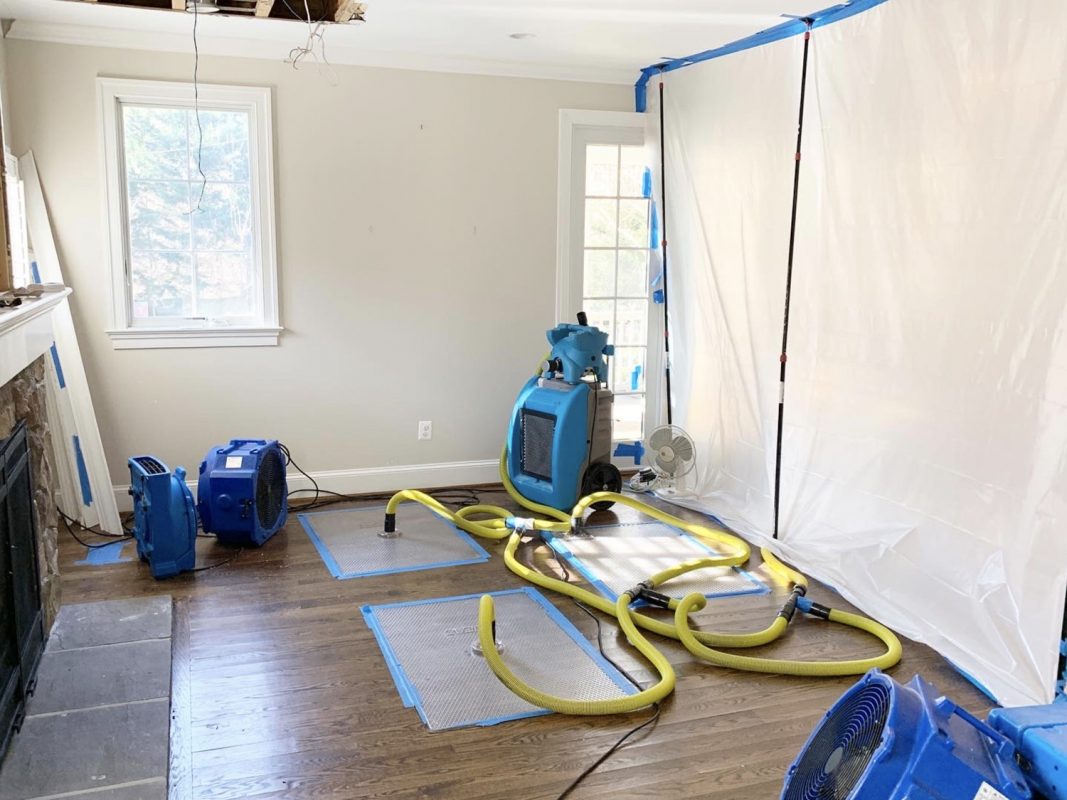6 Water Damage Reconstruction Do's and Don'ts.
6 Water Damage Reconstruction Do's and Don'ts.
Blog Article
Are you currently hunting for help about Reducing Your Risk Of Water And Fire Damage At Home?

Water provides life, water invasion on parts where it's not meant to be can result in damage. Houses with water damage smell stuffy and also old.
Water can come from numerous sources such as hurricanes, floods, ruptured pipelines, leakages, as well as sewer issues. In case you experience water damages, it would certainly be great to understand some safety and security preventative measures. Right here are a few guidelines on just how to manage water damages.
Do Prioritize House Insurance Coverage
Water damages from flooding because of heavy winds is seasonal. You can likewise experience a sudden flooding when a malfunctioning pipe unexpectedly bursts right into your house. It would certainly be best to have house insurance that covers both disasters such as natural tragedies, as well as emergencies like damaged plumbing.
Don't Neglect to Switch Off Utilities
This reduces off power to your whole home, protecting against electrical shocks when water comes in as it is a conductor. Don't fail to remember to transform off the main water line valve.
Do Remain Proactive and also Heed Climate Alerts
Storm floods can be extremely unpredictable. Remain proactive as well as prepared if there is a background of flooding in your community. Pay attention to discharge cautions if you live near a lake, river, or creek . Take out valuables from the ground floor and cellar, after that placed them on the greatest feasible level. Doing so minimizes potential residential or commercial property damage.
Don't Neglect the Roof
You can avoid rainfall damage if there are no openings and leakages in your roof. This will stop water from flowing down your wall surfaces and soaking your ceiling.
Do Pay Attention to Little Leakages
A burst pipeline doesn't occur over night. Typically, there are warnings that show you have deteriorated pipes in your home. You may notice bubbling paint, peeling off wallpaper, water touches, water stains, or leaking audios behind the walls. Ultimately, this pipeline will certainly burst. Ideally, you must not await things to rise. Have your plumbing repaired before it leads to substantial damage.
Do Not Panic in Case of a Ruptured Pipeline
When it comes to water damage, timing is key. Hence, if a pipeline bursts in your home, immediately closed off your primary water valve to reduce off the source. Call a reliable water damages restoration specialist for aid.
Water offers life, water breach on parts where it's not expected to be can result in damages. Houses with water damage scent old as well as musty.
Water damages from flood charges to hefty winds is seasonal. You may observe bubbling paint, peeling off wallpaper, water streaks, water discolorations, or leaking sounds behind the wall surfaces. When it comes to water damages, timing is essential.
Water Damage Do and Don'ts
Water damage at your home or commercial property is a serious problem. You will need assistance from a professional plumber and a water damage restoration agency to get things back in order. While you are waiting for help to arrive, however, there are some things you should do to make the situation better. Likewise, there are things you absolutely shoud not do because they will only make things worse.
DO these things to improve your situation
Get some ventilation going. Open up your doors, your windows, your cabinets – everything. Don’t let anything remain closed. Your aim here is to expose as much surface area to air as possible in order to quicken the drying out process. Use fans if you have them, but only if they’re plugged into a part of the house that’s not currently underwater.
Remove as much standing water as you can. Do this by using mops, sponges and clean white towels. However, it’s important that you don’t push or wipe the water. Simply use blotting motions to soak it up. Wiping or pushing could result in the water getting pushed deeper into your home or carpeting and increasing your problem.
Turn off the power to the soaked areas. You will want to remove the danger of electrocution from the water-logged area to do some cleaning and to help the plumber and the restoration agents do their work.
Move any furniture and belongings from the affected room to a safe and dry area. Taking your possessions to a dry place will make it easier to decide which need restoring and repair. It will also prevent your belongings from being exposed to further moisture.
DON’T do any of these things for any reason
Don’t use your vacuum cleaner to suck up the water. This will not only get you electrocuted, but will also severely damage your vacuum cleaner. Use manual means of water removal, like with mops and pails.
Don’t use newspaper to soak up the water. The ink they use for newsprint runs and transfers very easily, which could then stain carpet and tile with hard-to-remove stains.
Don’t disturb mold. This is especially true if you spot a severe growth. Leave the mold remediation efforts to the professionals. Attempting to clean it yourself could mean exposing yourself to the harmful health effects of mold. Worse, you could inadvertently spread it to other areas of the house.
Don’t turn on your HVAC system until given approval from the restoration agency. Turning your HVAC system on before everything has been cleaned could spread moisture and mold all over the house.
https://www.dreyersdki.com/about-us/blog/water-damage-do-and-donts

We hope you enjoyed reading our article on Safety Tips To Prevent Fire And Water Damage. Thanks so much for taking the time to read through our post. Remember to set aside a second to distribute this content if you appreciated it. Thanks a lot for taking the time to read it.
Report this page